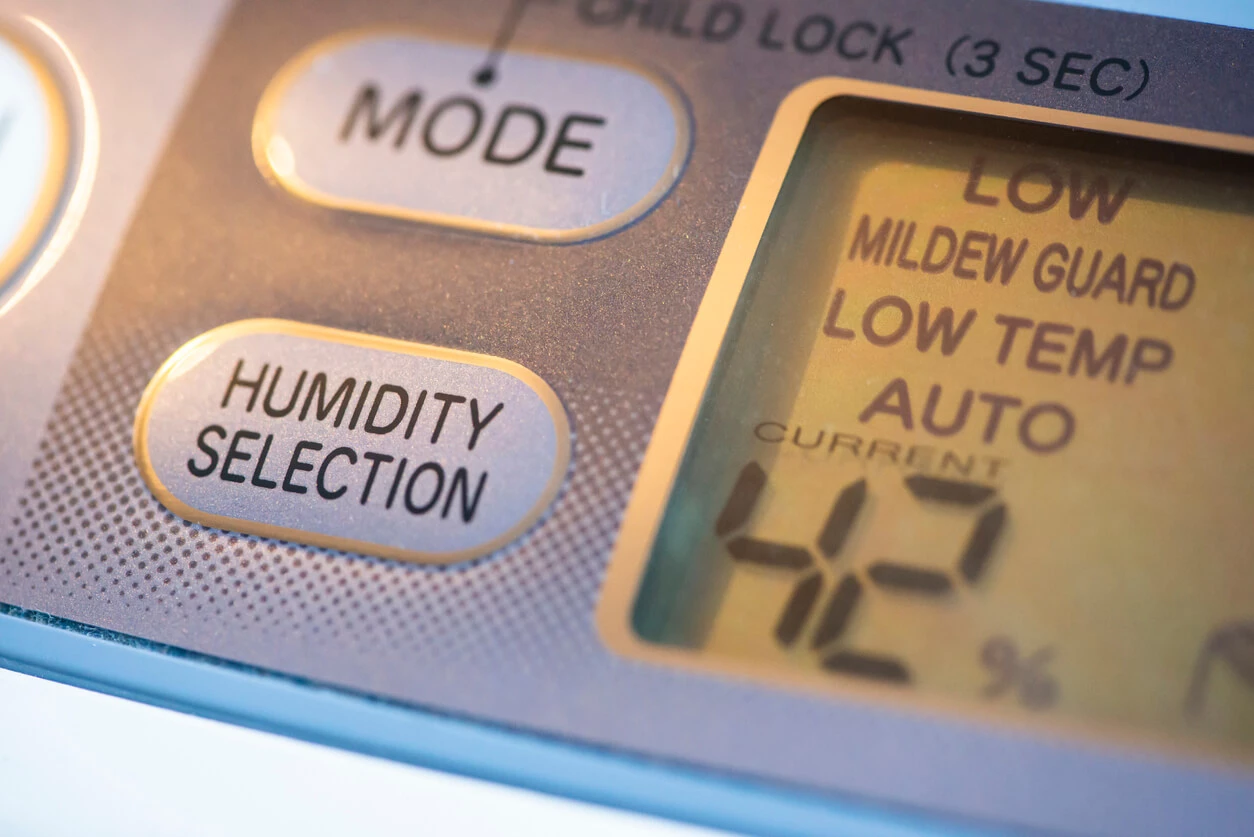To maintain health and comfort, a suitable humidity level in the home must be maintained, which may vary between summer and winter. Low humidity in summer and higher in winter are recommended for good Indoor air quality (IAQ).

So, what is the best humidity level for homes in winter? A good range is 30-40% but some people may prefer lower levels. It’s essential to take into consideration anyone that has health issues like asthma or COPD, as dry air can irritate lung tissue. Humidity levels can affect other health conditions too, so check with your family physician for information related to specific illnesses.
If the moisture in your home is higher than 40-50% you may run the risk of mold or mildew growth, which is also an irritant and generally unhealthy for everyone.
Best Humidity for Sleep
Taking this a step further, for optimal sleep humidity should be right around 40-45%. Even for healthy individuals, dry air can be an irritant and cause sore throats, dry mouth, and chapped or cracked lips and skin.
Keeping humidifiers or vaporizers in your bedroom will also help improve sleep. For whole-home humidity control, we recommend installing a humidifier that connects to your HVAC system. To further improve your indoor air quality, consider having an air purification system installed, as well.
To learn more about ideal humidity levels and indoor air quality, or to schedule a consultation, call Deljo Heating and Cooling. Our HVAC professionals are here to help when you need us most, and satisfaction is guaranteed at every visit.

